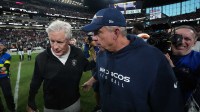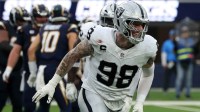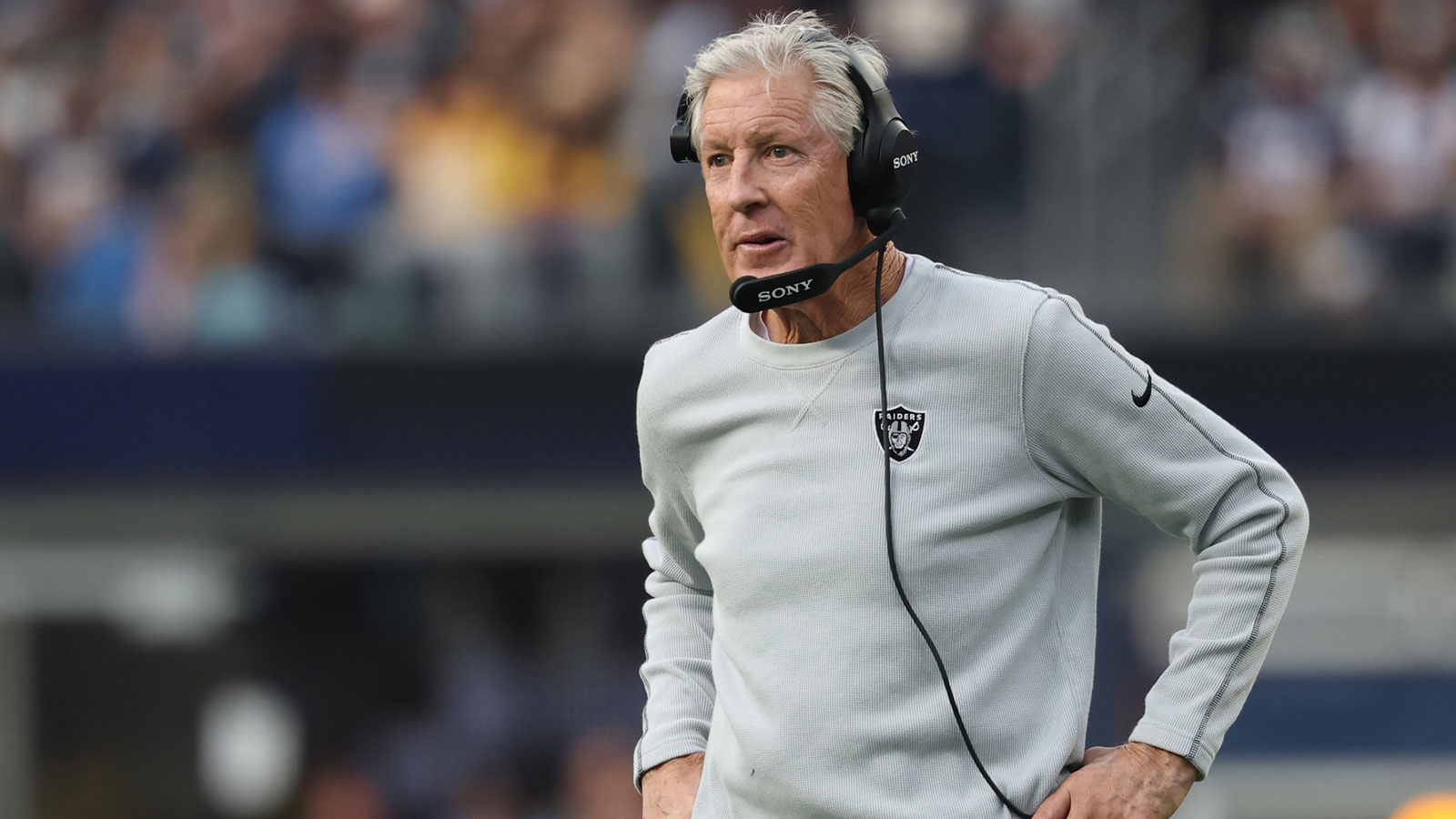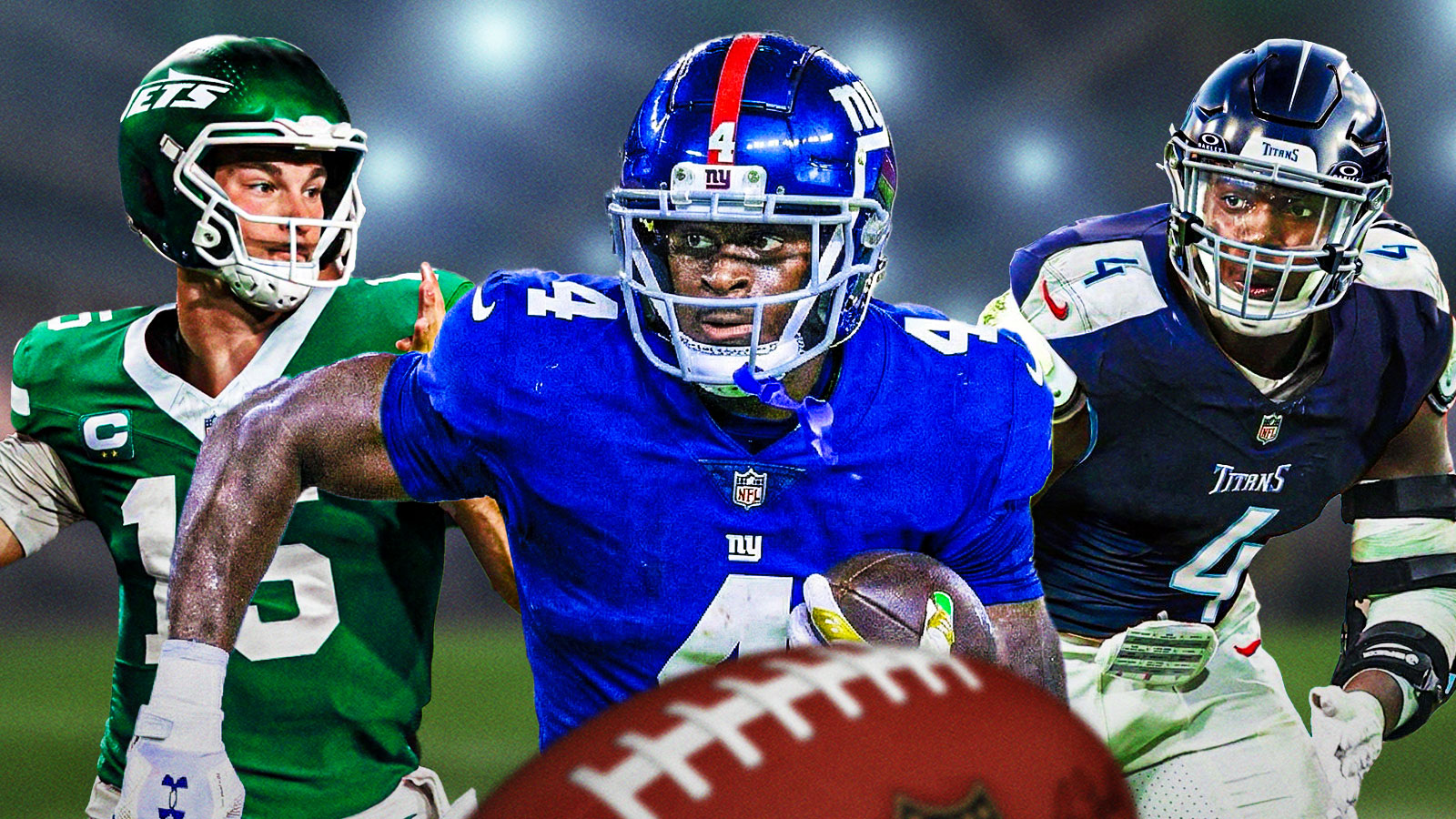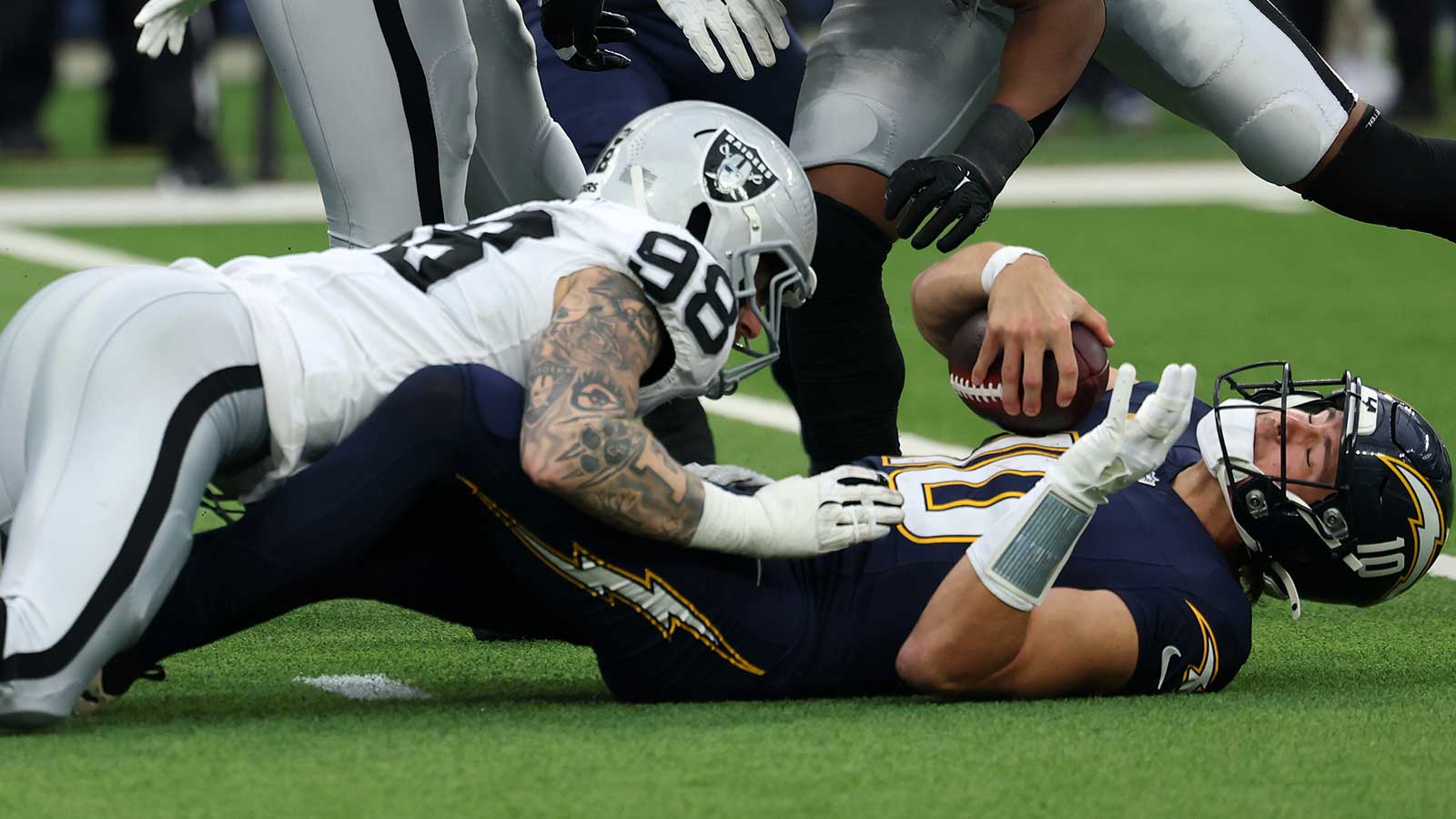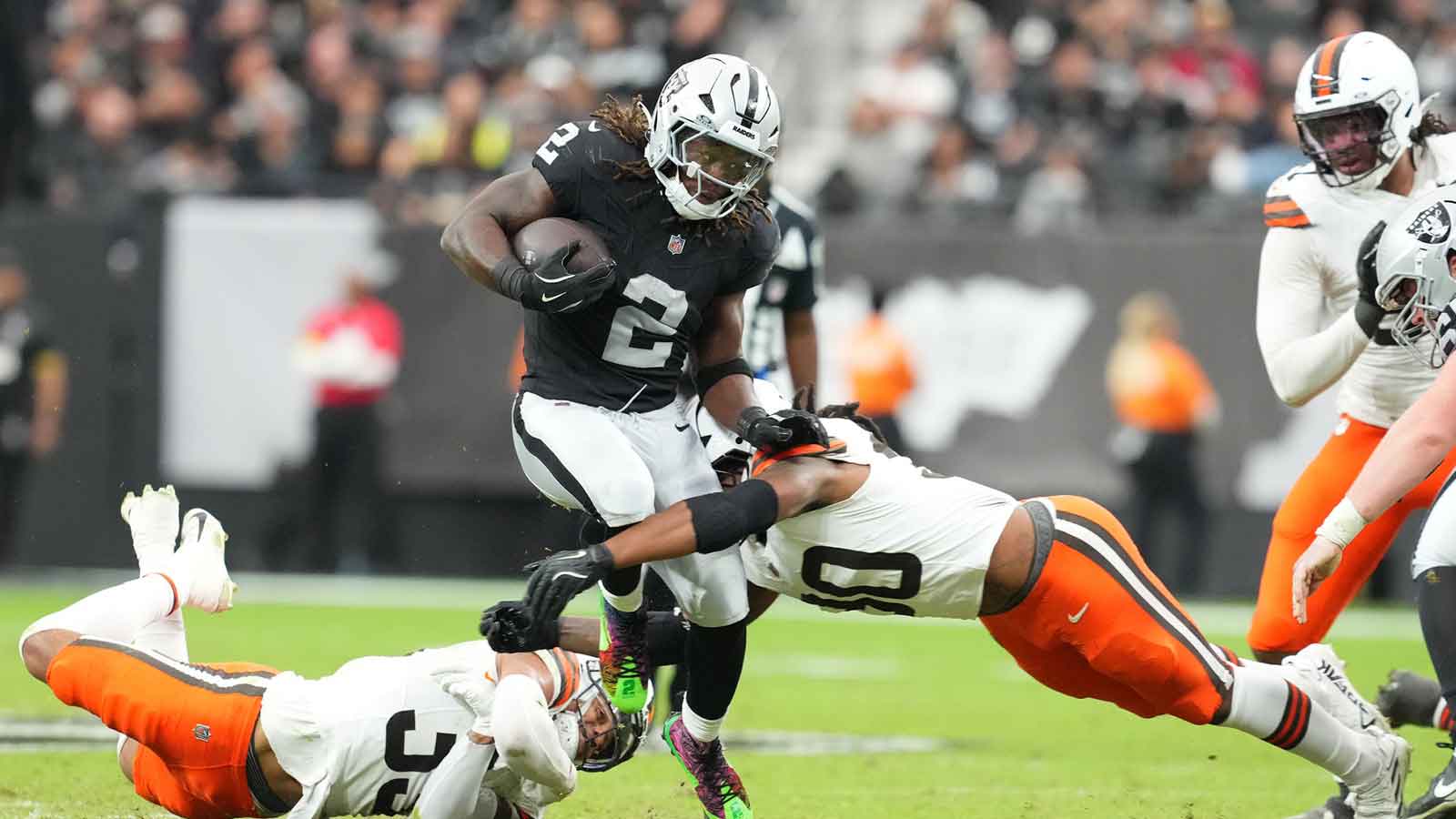The Las Vegas Raiders entered Monday Night Football searching for momentum, but instead saw a lopsided game overshadow one of the biggest individual moments of their season. Superstar tight end Brock Bowers broke the NFL record for most receptions in a tight end’s first two seasons, delivering the lone spark on an otherwise difficult night. The Raiders have struggled to find consistency, yet the franchise’s tight end history gained a major milestone as Bowers made NFL news in the first half. His achievement stood out as the team fell behind early against a Cowboys squad in complete control.
NFL Plus posted the moment to its official X (formerly known as Twitter) account after the catch that pushed Bowers past Sam LaPorta’s milestone mark in just his 26th career game. The post highlighted how quickly the young tight end reached the historic milestone, underscoring the significance of the achievement.
“Brock Bowers passes Sam LaPorta for the most receptions by a TE in their first 2 career seasons 🔥”
The moment came as Bowers recorded his third catch of the night, officially setting the new benchmark. He finished with seven receptions for 72 yards, pushing his career total to 151. That pace — breaking the record with eight games left in his second season — reinforces why the former Georgia Bulldogs standout is viewed as one of the league’s most dynamic young players. His ability to produce at this level despite the Raiders’ struggles has become a defining storyline of his early career.
The rest of the night offered little for the Raiders to build on. Dallas controlled the field throughout the game and limited the Las Vegas offense to brief flashes. Even with the result out of reach, Bowers continued to work the middle of the field and served as the most reliable option for a unit still searching for answers.
The Raiders now sit at 2-8, yet the second-year standout tight end remains a cornerstone for the future. His new record underscores the talent he brings and the foundation he provides as the team evaluates what comes next.


